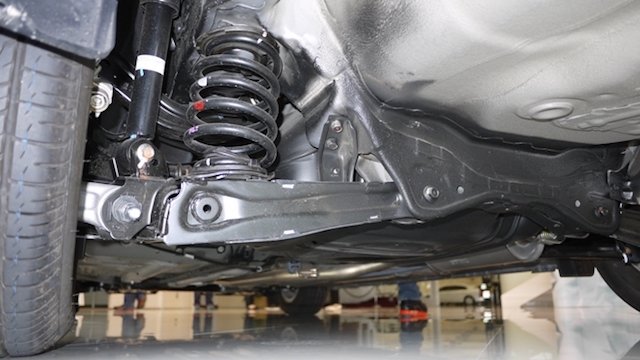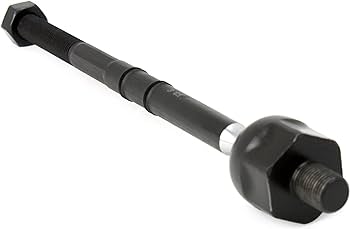Posted on 4/2/2024

Shock absorbers are a fundamental component of a car's suspension system, playing a crucial role in providing a smooth and comfortable ride. Understanding how shock absorbers work is essential for maintaining vehicle safety, stability, and overall performance. In this article, we will delve into the inner workings of shock absorbers, explore their key components, discuss their functionality, highlight different types, emphasize their importance in a vehicle, identify signs of wear and tear, and provide maintenance tips to ensure optimal performance and longevity. Imagine driving in your car down a bumpy road and feeling like you're in a poorly made milkshake. That's where shock absorbers come in. They're like the unsung heroes of your vehicle's suspension system, working hard to keep your ride smooth and your teeth intact. Shock absorbers, or shocks for the cool kids, are mechanical or hydraulic devices designed to absorb and dampen shock impulses, providi ... read more
Posted on 3/29/2024
The coolant temperature sensor is a crucial component in modern vehicles, playing a vital role in maintaining optimal engine performance and preventing overheating. Understanding the function and importance of this sensor is essential for ensuring the smooth operation of your car's cooling system. In this article, we will delve into the intricacies of coolant temperature sensors, exploring how they work, common symptoms of sensor failure, and tips for proper maintenance. By gaining insight into the workings of this sensor, you can enhance your knowledge of your vehicle's cooling system and address potential issues proactively. So, you know that little sensor in your car that seems to always be keeping an eye on the engine temperature? Yup, that's the coolant temperature sensor, the unsung hero of your car's cooling system. Function and Importance of Coolant Temperature SensorRegulating Engine Temperature - The coolant temperature se ... read more
Posted on 3/28/2024

Variable Valve Timing (VVT) solenoids play a crucial role in optimizing the performance and efficiency of modern automotive engines. By dynamically adjusting the timing of the engine's valves, VVT solenoids help enhance power output, fuel economy, and overall engine responsiveness. Understanding the function and importance of VVT solenoids is essential for both vehicle owners and automotive enthusiasts. In this post, we will delve into the inner workings of VVT solenoids, explore common issues and symptoms, highlight the benefits of well-maintained VVT systems, and provide practical maintenance tips for ensuring optimal performance. Variable Valve Timing (VVT) technology is like the magic wand of the engine world, allowing for on-the-fly adjustments to valve timing and duration for optimal performance and efficiency. VVT solenoids are crucial players in this symphony of engine movements, controlling the timing of the valves to ensure your ride runs smoothly and efficiently ... read more
Posted on 3/25/2024

Inner and outer tie rods are crucial components of a vehicle's steering system, playing a vital role in connecting the steering mechanism to the wheels. Understanding the functions and maintenance of these tie rods is essential for ensuring safe and efficient operation of your vehicle. Definition of Inner and Outer Tie Rods: Inner and outer tie rods are essential components of a vehicle's steering system. The inner tie rod connects the steering rack to the steering knuckles, while the outer tie rod connects the inner tie rod to the steering knuckle on each wheel. Importance in Vehicle Steering: Inner and outer tie rods play a crucial role in translating the driver's steering input into actual wheel movement. They help maintain proper alignment and ensure responsive steering control. Function of Inner Tie Rods: Connecting Steering Rack to Steering Knuckles - Inner tie rods are responsible for linking the steering rack ... read more
Posted on 3/22/2024

An oil pressure switch plays a crucial role in the proper functioning and maintenance of a car's engine. This small yet essential component is responsible for monitoring the oil pressure levels within the engine and alerting the driver to any potential issues that may arise. Understanding the function and significance of the oil pressure switch is vital for ensuring the longevity and performance of your vehicle. The oil pressure switch is a vital component in a car's engine that monitors the oil pressure and sends signals to the dashboard if levels drop too low. It acts as a safety mechanism to protect the engine from damage. Oil pressure switches have been a part of automotive technology for decades, evolving alongside advancements in engine design. Originally simple mechanical devices, modern oil pressure switches now incorporate sophisticated electronic sensors for more accurate monitoring. Function and Importance of the Oil Pressure Switch ... read more